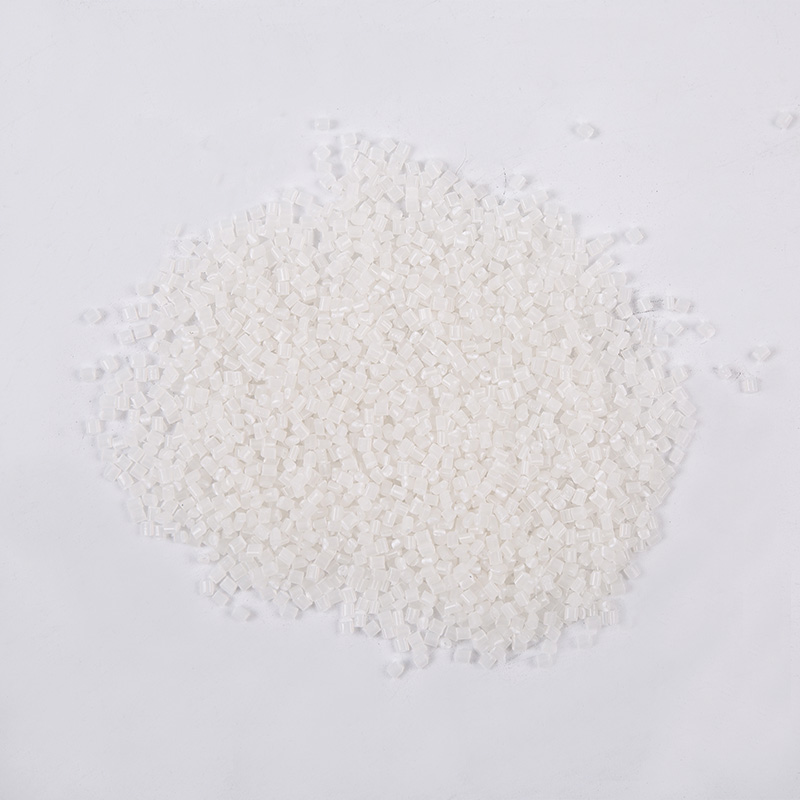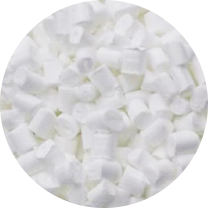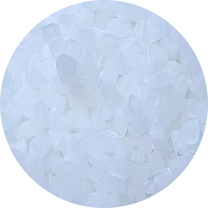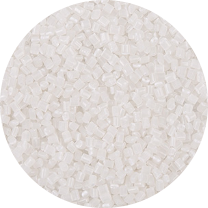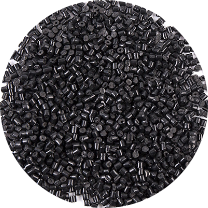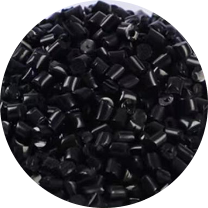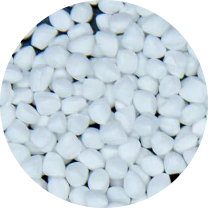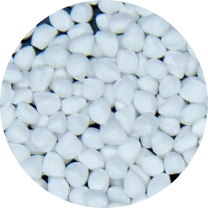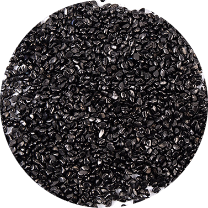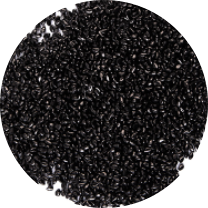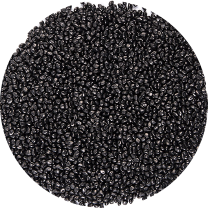The Future of Meltblown Masterbatch: Innovations and Sustainability in Nonwoven Fabrics
- 1 Why Meltblown Masterbatch Is Revolutionizing Filtration Materials
- 2 How to Choose the Right Meltblown Masterbatch for Your Production Line
- 3 Sustainable Alternatives in Meltblown Masterbatch Formulations
- 4 Emerging Technologies in Meltblown Masterbatch Production
- 5 Global Market Trends for Meltblown Masterbatch
Why Meltblown Masterbatch Is Revolutionizing Filtration Materials
The demand for high-performance filtration materials has surged, and meltblown masterbatch plays a pivotal role in meeting these needs. This specialized additive enhances the quality, durability, and efficiency of nonwoven fabrics, making it indispensable in medical, industrial, and environmental applications.
Electret For Mask Masterbatch For PP Melt-Blowing Fabrics Master Batch
1.1 Key Properties of Meltblown Masterbatch
Meltblown masterbatch for filtration is engineered to improve fiber fineness, electrostatic charge retention, and microbial resistance. Compared to conventional additives, it offers superior melt flow stability, which is critical for producing uniform microfiber structures. Below is a comparison of key properties:
| Property | Standard Additives | Meltblown Masterbatch |
|---|---|---|
| Fiber Diameter | 2-5 microns | 0.5-2 microns |
| Charge Retention | Low to Moderate | High |
| Production Efficiency | Moderate | High |
1.2 Applications in Medical PPE
The COVID-19 pandemic highlighted the importance of meltblown nonwoven fabric additives in surgical masks and respirators. Masterbatch formulations with antiviral properties are now being developed to address future health crises.
How to Choose the Right Meltblown Masterbatch for Your Production Line
Selecting the optimal meltblown polypropylene masterbatch requires understanding your equipment specifications, desired fabric characteristics, and end-use requirements.
2.1 Compatibility with Processing Equipment
Not all masterbatches work seamlessly with every extruder or spinneret system. Key factors include melt flow index (MFI) matching, thermal stability, and screw design adaptability.
2.2 Cost vs. Performance Tradeoffs
While premium antibacterial meltblown masterbatch formulations command higher prices, they often reduce downstream processing costs through improved yield and fewer production stoppages.
Sustainable Alternatives in Meltblown Masterbatch Formulations
The nonwovens industry faces increasing pressure to develop eco-friendly meltblown masterbatch solutions that maintain performance while reducing environmental impact.
3.1 Bio-Based Polymer Options
Recent advances in PLA (polylactic acid) and PHA (polyhydroxyalkanoate) compatible masterbatches show promise for compostable filtration media, though challenges remain in achieving comparable fiber fineness.
3.2 Recycling Compatibility
New additive packages enable up to 30% recycled content in meltblown layers without significant loss of filtration efficiency, addressing growing circular economy demands.
Emerging Technologies in Meltblown Masterbatch Production
Innovations in nanotechnology and polymer science are pushing the boundaries of what's possible with specialized additives for nonwovens.
4.1 Nanofiber-Enhancing Additives
Novel dispersion technologies allow incorporation of nano-clays and carbon nanotubes at loadings below 1% that dramatically improve mechanical properties.
4.2 Smart Functional Additives
Phase-change materials and temperature-responsive polymers are being integrated into masterbatches to create fabrics with adaptive filtration characteristics.
Global Market Trends for Meltblown Masterbatch
The shifting regulatory landscape and supply chain dynamics are reshaping the additives market for nonwoven producers worldwide.
5.1 Regional Demand Variations
Asia-Pacific dominates consumption currently, but North American and European markets are growing faster due to reshoring of PPE manufacturing capacity.
5.2 Regulatory Impact on Formulations
Recent EU restrictions on certain polymer additives are driving reformulation efforts across the industry, creating opportunities for innovative chemistries.


 English
English 中文简体
中文简体 한국어
한국어 عربى
عربى